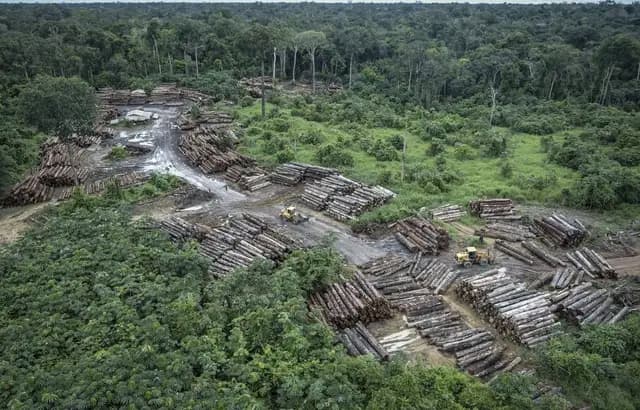GREEN LUNG: According to official data: 1,202 km2 of forest disappeared in brazil during the first four months of this year, 55% more than during the same period of 2019
Pessimism is in order regarding the Amazon. Figures indeed suggest a new dark year for the largest tropical forest in the world. According to official data published on Friday, deforestation thus reached a record between January and April in the Brazilian Amazon.
Doubts about President Bolsonaro’s action
According to satellite images from the Brazilian Institute for Space Research (INPE), a government body, 1,202 km2 of forest disappeared during the first four months of this year. This deforestation is 55% higher than in the same period of 2019 and the highest over the period from January to April since the start of the monthly statistics in 2015.
Above all, these figures raise questions about President Jair Bolsonaro’s commitment to protecting the Amazon, more than 60% of which is in Brazilian territory. 2019, the first year in office of the far-right head of state, had been marked by an unprecedented number of fires that had devastated huge areas of the Amazon and attracted a flood of criticism from the international community on Brasil. In total, deforestation in the Brazilian Amazon increased by 85% last year, over 10,123 square km, exceeding the symbolic threshold of 10,000 square km for the first time since the start of these statistics in 2008.
The army will intervene
The trend for this year seems worrying as the dry season, which favors fires, does not start until the end of May. But fire is by far not the only responsible for this situation. This destruction of the forest is largely due to wild logging, mining or farming on normally protected land.
Faced with an alarming situation, Jair Bolsonaro was forced to react this week. The president authorized on Thursday the dispatch of the army to fight against deforestation and fires in the Amazon, between May 11 and June 10. But for defenders of the environment, it would be wiser to increase the budgets and the personnel resources of environmental agencies, some of which have seen their resources melt since coming to power.




